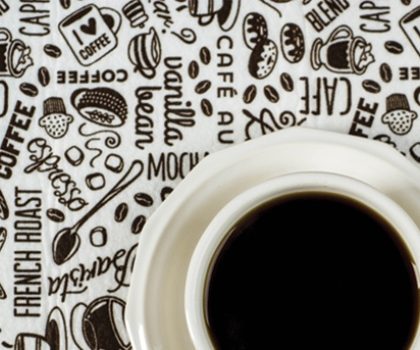Find out where coffee comes from and the basic types of beans

By Michael Litt, Nervous Dog Coffee Bar
Coffee is grown in three regions around the globe: Indonesia, Africa and Central America, all lying within the same general latitudes that straddle the equator. This “Coffee Belt” offers the perfect climate to create this rich, aromatic commodity, globally traded at a volume second only to oil (and, incidentally, tastes a lot better).
While you may come across coffees labeled “Italian” or “French,” these terms refer to roast levels, not countries of origin.
Many people believe that darker roasts yield more caffeine, but the opposite is actually true; the more a coffee is roasted, the more the caffeine dissipates. Yes, espressos are traditionally offered as darker roasts, but their increased concentration of caffeine is due to the volume of coffee used as well as the method of extraction, not the roast level (more on this in future columns).
Two general types of coffee make it to our cups: the higher-quality Arabica (pronounced uh-RAB-i-ca) and the more economical Robusta.
Arabica is grown at higher altitudes with more shade, and is the most popular bean in your local coffeehouses because it yields a more distinctive flavor. This dry, brightly-nuanced profile is often characterized as “acidity,” referring to the desirable acids that influence the taste.
The less desirable “pH-type” of acidity (even more present in beer, orange juice, and soda) can be caused by various factors, including the roasting process and the freshness of your cup. The best way to avoid gut-wrenching astringency is simply to ensure your coffee is freshly-brewed (although picking the perfect bean and roast levels that suit your taste is a highly rewarding mission).
Robusta, the more economical, higher-volume crop, is what you typically find in mass-produced, grocery store cans. However, there may be a Robusta component in some premium blends and espressos, as they bring forward a flavor profile of their own and can give your cup a richer, fuller crema (that is, the silky, light brown “cap” on top).
Join me next month when we’ll reveal how to brew the perfect cup of coffee (and why the quality of your water really matters).
Nervous Dog Coffee Bar is in West Akron, Montrose, Stow and Beachwood. For hours, addresses and more, visit NervousDog.com.
